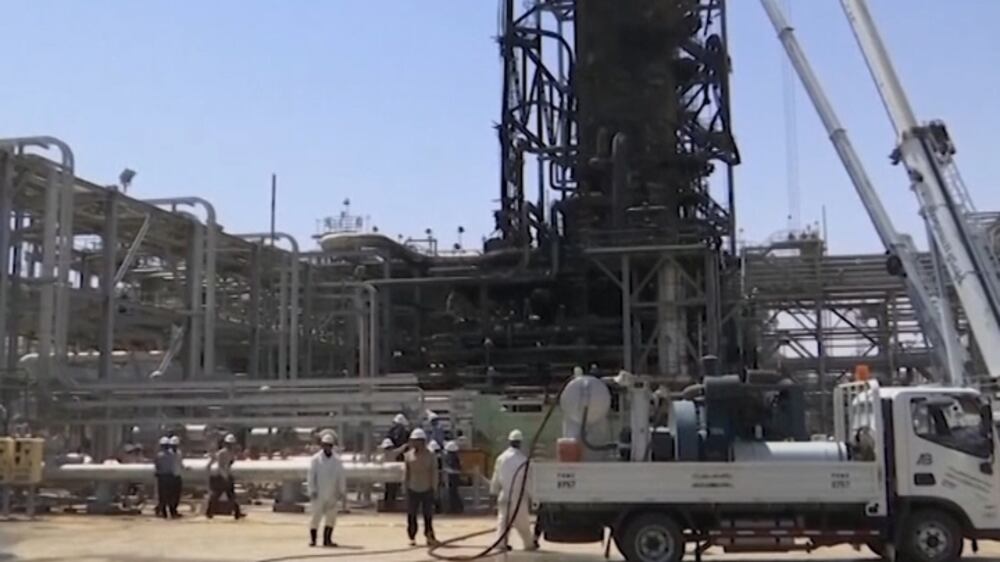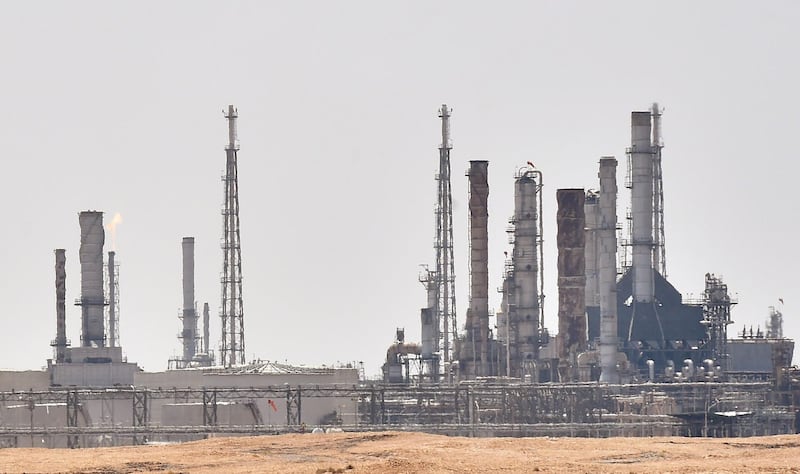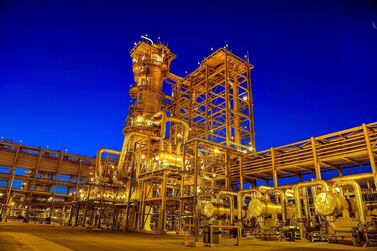Saudi Crown Prince Mohammed bin Salman's recent comments on selling an additional stake in Saudi Aramco drew the world's attention. The company's initial public offering in December 2019 makes further flotations plausible. It is also understood to be inviting investors to secure stakes in upstream oil and gas assets.
Aramco has sought more innovative ways to bring in external capital. It sold a minority stake in its oil pipelines unit last month to EIG Global Energy Partners, an American investor.
However, such deals are essentially securitisations rather than privatisations: they have a fixed term – 25 years in this case. Aramco retains a majority stake in the subsidiary and continues to have operational responsibility. The investor will only be able to bring a limited amount of new technological or business insight.
In contrast, Aramco’s upstream assets – oil and gas production – have remained entirely off-limits to foreign or private companies since nationalisation was completed in 1980. The one exception in the country is the continuing concession held by Chevron in Saudi Arabia's portion of the Neutral Zone with Kuwait, where the American company has used innovative technology to produce heavy oil. Opening up other oil and gasfields to outside investors would be a major policy shift.
Such an initiative was floated in the early 2000s when Riyadh sought to develop its gas for power and desalination after a decade and a half of low oil prices. Shell, ExxonMobil and others were invited to lengthy negotiations but, eventually, all that transpired were some smaller gas exploration ventures in the Rub’ Al Khali desert, which did not lead to commercial production.
With that experience in mind and the lower appetite for oil and gas investment today, any deal will have to be properly structured to draw the requisite interest. It is unlikely Aramco’s main oilfields would be the target. As a capable and experienced operator of its own assets, with plenty of access to capital and technology, the crown jewels will remain with the company.
Aramco’s production capacity is being increased from 12 million barrels per day to 13 million bpd but through a relatively moderate and phased set of projects. With Opec+ cuts limiting output in the first quarter to 8.6 million bpd, there seems no particular urgency on the expansion or the need to explore for new oilfields as existing reserves are ample enough to last decades.
Gas and unconventional resources are a different matter. The country intends to produce 70 per cent of its electricity from gas by 2030, up from 58 per cent in 2019.
Along with plans for hydrogen production and industrial expansion, that requires a lot of extra gas output – about 4.5 billion cubic feet daily, according to Aramco’s own figures. There is potential for new exploration in offshore Gulf areas, the northern borders and the Red Sea.
Most strikingly, the giant Jafurah Basin between the Ghawar field and the Gulf is reported to contain 200 trillion cubic feet of unconventional gas, enough to double the kingdom’s reserves. It has been compared to the Eagle Ford formation of south Texas and covers a similar area. However, it is about twice as thick, giving more rock to exploit. With an investment of $110 billion, production is expected to start in 2024 and reach 2.2 billion cubic feet per day by 2036.
Shale or tight gas development in Saudi Arabia faces several advantages over its American equivalent: huge, contiguous areas with little obstructing settlement or landowners and a much easier process of obtaining permits. Aramco has tested hydraulic fracturing with seawater to avoid straining limited freshwater supplies.
Saudi Aramco's profits soar 30%

Currently, the state-owned oil company pays no royalty on gas output and is taxed at a rate of 50 per cent. This compares favourably with the US, which has lower corporate tax rates but higher royalties and severance taxes.
Aramco's government-regulated gas prices range up to $3.84 per million British thermal units. The price of gas at the Henry Hub in the US is currently below $3.
The Jafurah gasfield will also yield high levels of liquid hydrocarbons, an important feedstock for the important domestic petrochemicals industry. Saudi Arabia's current propane export price is double that of the US. Nevertheless, Jafurah’s viability will depend crucially on the gas price it is assigned.
Events elsewhere in the GCC demonstrate the difference that partnerships with international oil companies can make. Petroleum Development Oman, which is majority state-owned by the sultanate, is another able operator with strong support from Shell but it could not make much progress in terms of tight gas at the giant Khazzan field. BP signed a production-sharing deal in 2013 and its subsequent success has moved Oman from gas shortages to having a surplus.
Despite Aramco’s decades-long ability, international experience and new approaches will undoubtedly bring extra value. Additional capital will free domestic resources for the task of diversifying the economy.
Whatever Riyadh decides for now, well-structured partnerships with international companies to hasten progress in unconventional gas could be vital to the success of its other initiatives.
Robin Mills is chief executive of Qamar Energy and author of The Myth of the Oil Crisis






